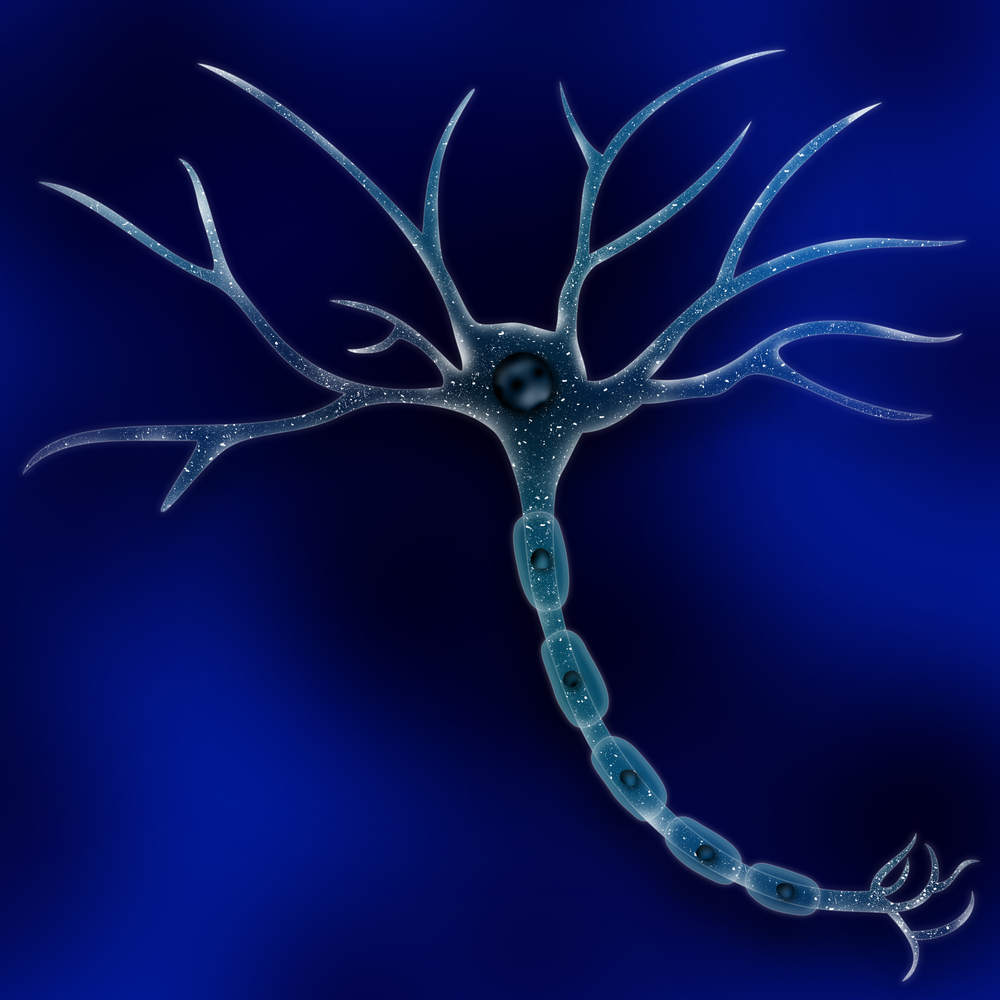Dimethyl Fumarate, a Common MS Drug, Found to Work Independently of Nrf2 Pathway
Written by |

A commonly prescribed multiple sclerosis (MS) medication may act to modulate the immune system. The finding is described in the article “Dimethyl fumarate treatment induces adaptive and innate immune modulation independent of Nrf2,“ published in the journal Proceedings of the National Academy of Sciences.
MS develops due to an autoimmune attack on the body’s own myelin, a fatty substance that surrounds nerve cells and helps them to communicate. Increasing scientific evidence suggests that the neurons themselves are lost in MS. This attack of the immune system on its own cells occurs for reasons that are not currently understood.
Dimethyl fumarate (DMF), brand name Tecfidera, is an oral MS medication that researchers believe works by activating what is known as the antioxidative transcription factor nuclear factor (erythroid-derived 2)-like 2 (Nrf2) pathway. But the actions of this medication are also not completely understood.
Researchers from the University of California, San Francisco and Standford University wanted to more fully understand how DMF works. They studied a commonly used animal model for MS — the experimental autoimmune encephalomyelitis (EAE) mice model. The investigators, led by Ulf Schulze-Topphoff of the Department of Neurology at UC San Francisco, looked into the actions of the drug on several markers of immune system function.
The medication reduced several signs of MS-like disease in the animals, including lowering several types of T-cells. DMF also eased symptoms of neurological damage and cellular death. Interestingly, its actions were not dependent on Nrf2, as previously believed, since genetically modified EAE mice without Nrf2 also benefitted from treatment with DMF.
“Here, we investigated the role of Nrf2 in DMF treatment of the MS model, experimental autoimmune encephalomyelitis (EAE), and demonstrated DMF can modulate T cells, B cells, and antigen-presenting cells, and reduce clinical and histologic EAE, independent of Nrf2,” the researchers wrote.
Based on the study, it appears that DMF is effective for reducing MS-like damage and immune system reactions in mice, independently of the Nrf2 pathway. It is likely that DMF works in more than one way to reduce damage. This study should encourage more research into the many targets of DMF-based therapy, to further explain its mechanism of action and potentially inspire new MS treatments.
Myelin damage can lead to symptoms that include loss of movement, pain, loss of vision, and sensory problems.





